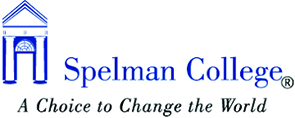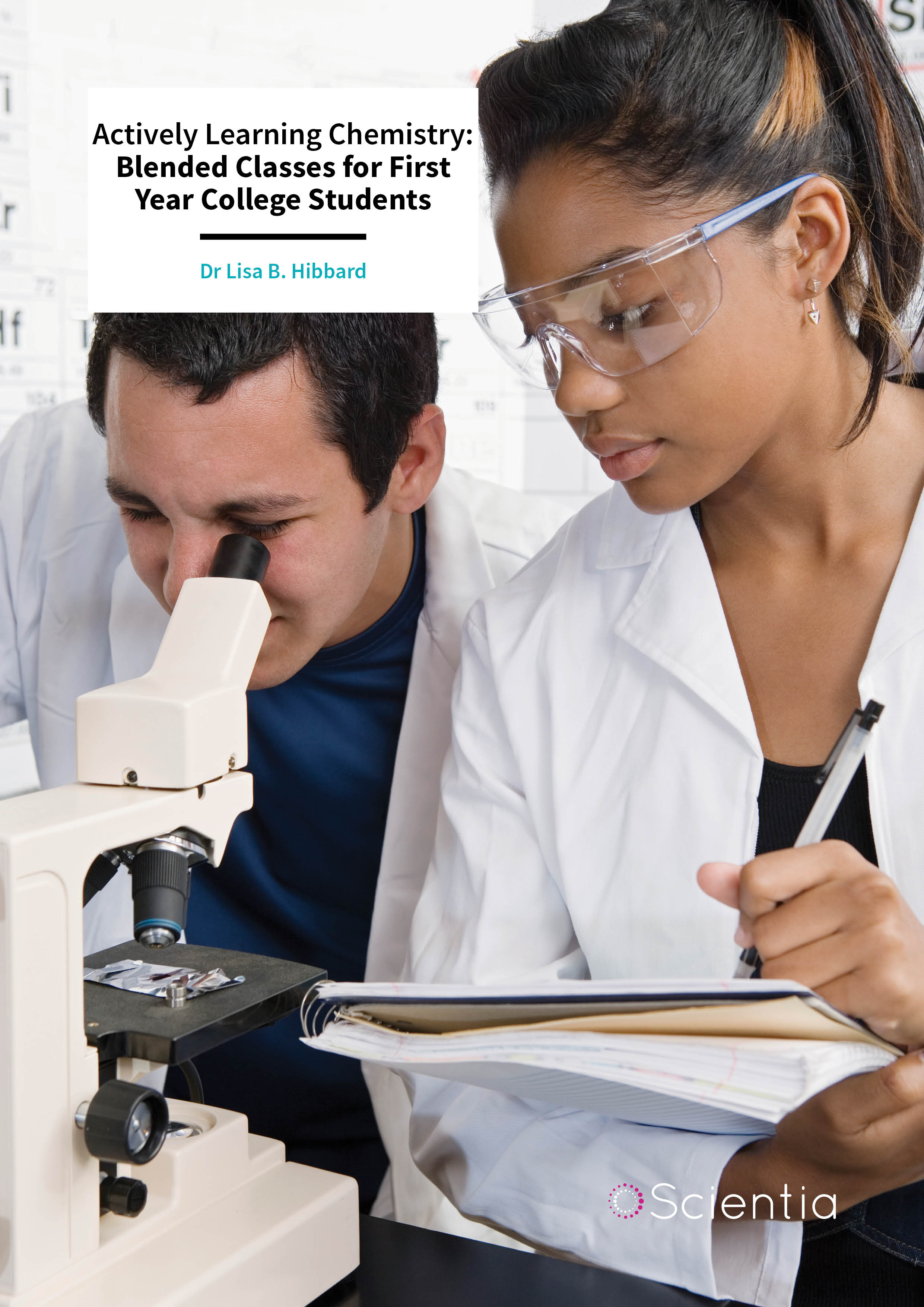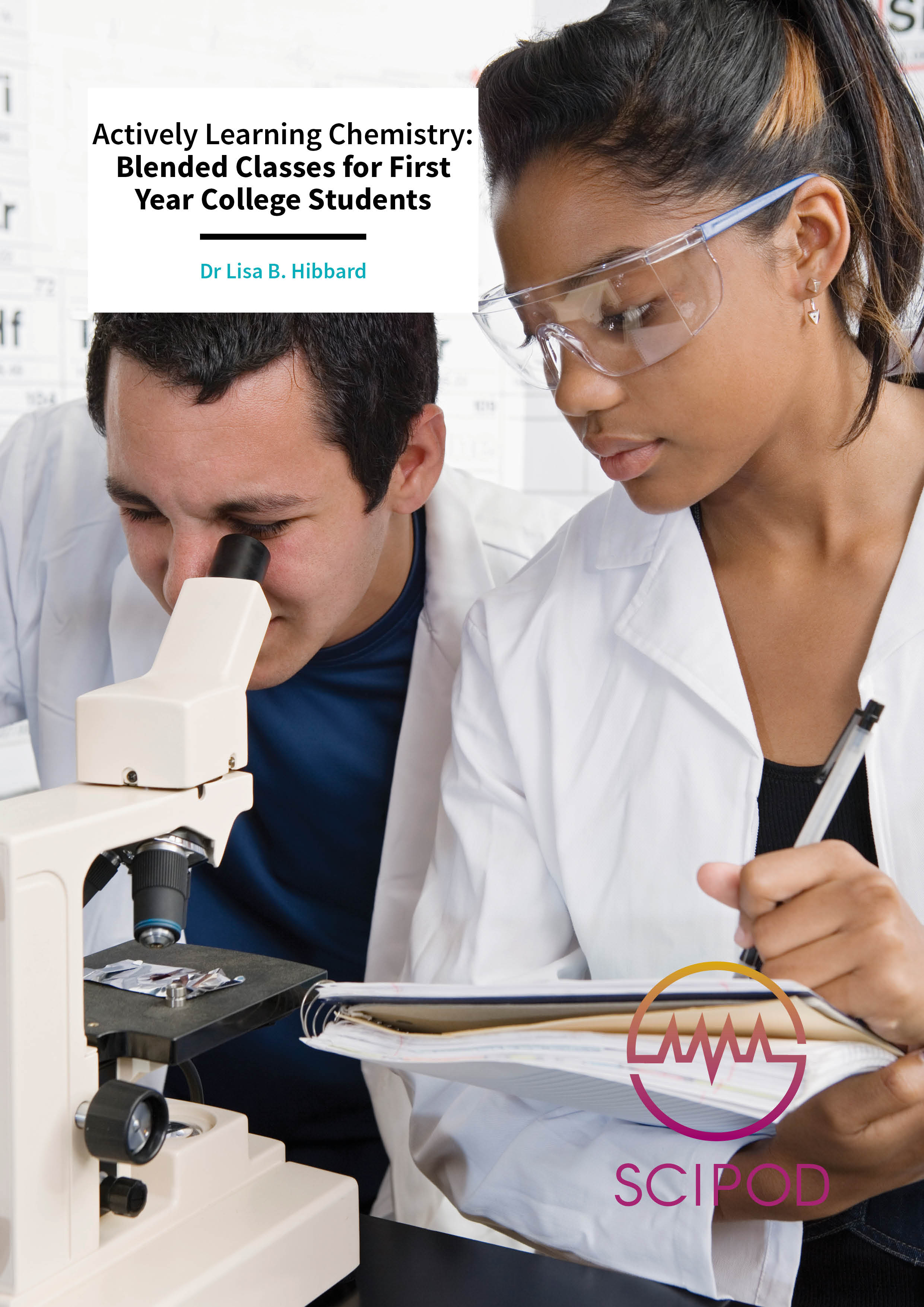Dr Lisa Hibbard – Actively Learning Chemistry: Blended Classes for First Year College Students
Flipped learning is an exciting new educational strategy aimed at maximising learning by delivering the content of courses online, while focusing classroom time on student-centred active learning tasks. Dr Lisa Hibbard at Spelman College in Atlanta, GA has been testing new flipped learning strategies for first year General Chemistry classes which are positively perceived by students and result in better performance.
An Active Way of Learning
Technological tools such as computers, laptops, tablets, and smartphones have officially made their way into a growing number of societies worldwide, changing the way in which we communicate, work, and acquire new information. Technology is also finding its place in educational spaces, with several colleges and universities worldwide delivering blended courses that combine face-to-face and online learning strategies. Using technology and online academic tools, many students can now easily access and read course material remotely, opening up new possibilities for teachers in terms of their use of classroom time.
Blended learning strategies aim to make the best use of technology-based educational tools, by devising reasonable models that integrate them with traditional education, or introduce entirely new activities to replace conventional classroom practices. Flipped or inverted learning is a particular type of blended instruction that aims to maximise learning of a particular subject by having students acquire the course content online from home and then focusing classroom learning on other student-centred activities, specifically developed to reiterate acquired concepts.
The idea of moving course material learning outside the classroom and bringing more engaging student activities into the class has been around since the 1990s. Yet, in recent years, this concept was developed further, thanks to the advent of new advanced technological tools that can better support the remote part of these learning strategies. Jonathan Bergmann and Aaron Sams were two of the first to develop and introduce inverted or flipped learning strategies. These two instructors recorded online lectures for their high school chemistry courses and published their observations in a book called Flip your classroom: reach every student in every class every day. Their work inspired a number of others, who also created blogs, publications and websites to provide guidance and suggestions on the best flipped learning practices.
‘The most important aspect of this teaching strategy is that students become more involved in their own learning process.’
So far, flipped learning has been applied to a wide variety of different courses and subjects, each of which differs greatly according to the specific topic’s requirements, learning objectives, and the amount of face-to-face learning required, as well as the technology available at a particular institution. What these courses have in common, however, is that they are all centred on the idea that having students independently acquire the course knowledge remotely and using classroom time for more interactive and engaging subject-related activities might improve students’ performance and confidence with the subject studied.
Growing evidence has found that, when thoughtfully developed and applied, the flipped learning model leads to higher levels of student performance in tests assessing their knowledge of the subjects studied. Other reported benefits of this new educational strategy include a more efficient use of class time, increased student engagement, an increase in student-teacher and peer interactions, as well as students taking greater responsibility for their own learning.
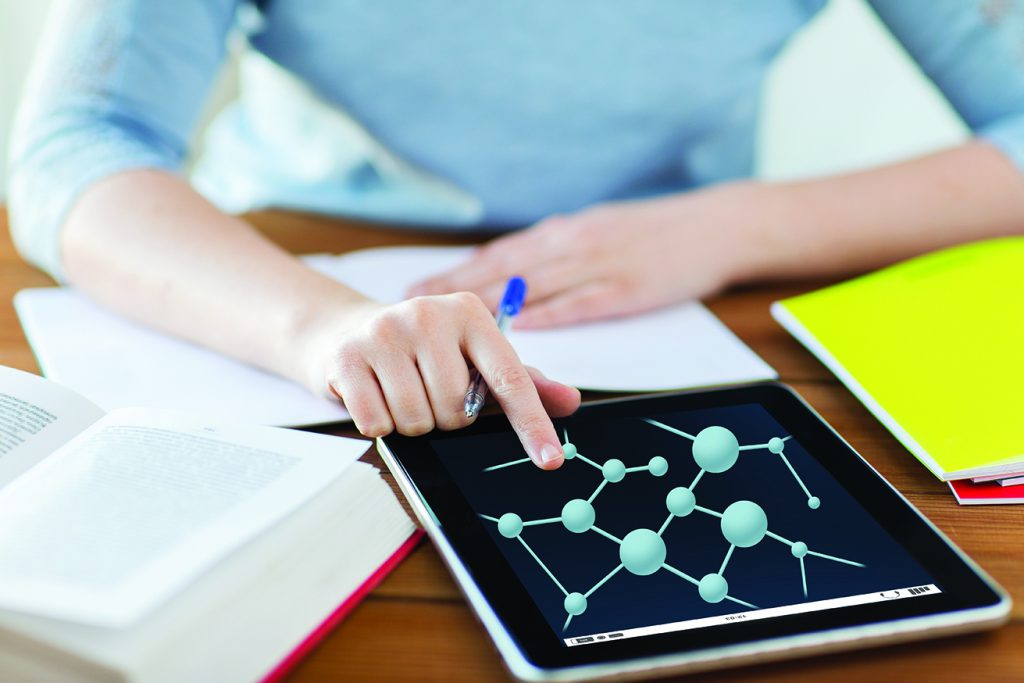
Technology-enhanced Education
Flipped learning has a large technology component to it due to course material being made readily available to students online. Technology-delivered content and assessments may be termed ‘semi self-paced,’ as they allow students to review course materials and self-assess learning at their own pace while concurrently moving through more structured in-class sessions. This sense of empowerment and independence in their learning is seen as one of the most innovative and advantageous aspects of flipped learning, separating it from other more traditional educational models that only require students to attend classes and complete standard homework assignments.
Flipped learning models also provide formative assessments that can be completed using online platforms, through Learning Management Systems (LMSs), or using in-class technology. These assessments often give students immediate feedback, allowing them to identify any unclear subject areas before class so that class time can be used for asking their teacher for further clarification. By using technology to deliver the course content and encouraging students to independently identify those subject areas they might need to work on, teachers can use the time in the classroom as an interactive space that further reinforces what the students learned, while stimulating their critical thinking and inquiry skills.

Flipped Chemistry Learning at Spelman College
Dr Lisa Hibbard, who has been teaching chemistry for several years, recently developed a flipped learning method and started testing it in classes at Spelman College, historically a college for women of African descent, in Atlanta, Georgia. ‘My chemical education research focuses on using active learning techniques in a flipped learning college introductory chemistry course sequence,’ says Dr Hibbard. ‘The flipped learning environment is simply described as doing school work at home, which leaves time to do homework in class.’
The department of chemistry and biochemistry at Spelman traditionally offered three different course sections of General Chemistry I in the first semester and three sections of General Chemistry II in the spring semester, with enrolments of approximately 40 students per section. In the academic year 2012–2013, the college’s first year chemistry course was revised, using Dr Hibbard’s flipped learning model, which introduced new pre-class, in-class and post-class activities, many of which are delivered online or using technological tools.
‘Students are expected to review instructor-narrated lectures online and complete textbook reading assignments prior to attending class,’ Dr Hibbard explains. While completing pre-class readings and watching the lectures, students are asked to take notes, which are then briefly checked by the teacher during class. The topics covered in the pre-class material are then tackled in the classroom in the form of problem-solving sessions, case studies, or mini-projects. ‘Face-to-face class time involves using a variety of active learning methods involving team-based activities,’ says Dr Hibbard. ‘These allow students to teach and learn from their peers while the instructor clarifies any misconceptions on the material covered.’ Team-based learning activities are often structured, with team members taking on specific roles. Since participation is an important aspect of the flipped learning environment, teams are continually asked questions to test their understanding of the subject, receiving participation points when they are able to answer them correctly.
Classroom activities are also sometimes delivered using technological tools, such as iPads with educational apps that allow for simulation and molecular modelling. The preparation and subject comprehension of students is often assessed during class by using quizzes that require students to give their answers through the use of personal response systems or ‘clickers.’ This allows the instructor to provide immediate feedback to the students and can also be used as a jumping-off point for further classroom discussions.
The model devised by Dr Hibbard also entails the completion of a series of post-class tasks, delivered using a digital learning environment and an adaptive learning system, called LearnSmart (published by McGraw-Hill Higher Education). LearnSmart allows students to assess their understanding of topics and identify potential knowledge gaps or subjects they might need to revisit before exams. Homework is assigned and submitted through McGraw-Hill’s Connect system and other post-class assignments are also submitted via the course learning management system.
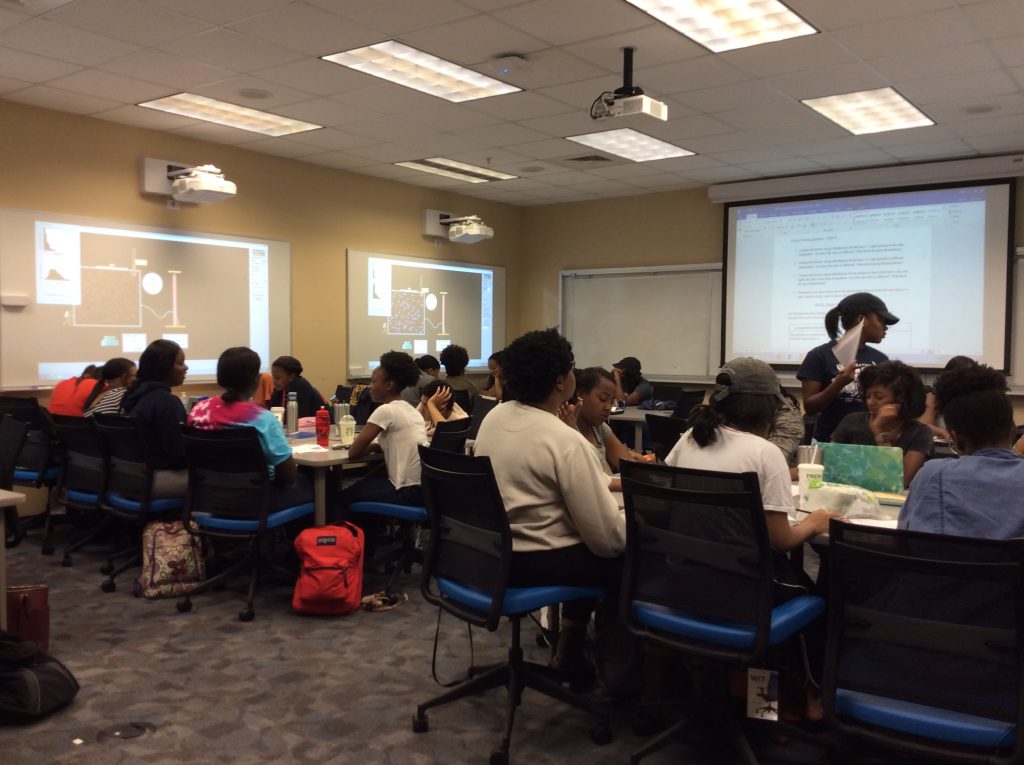
An Effective Educational Strategy
After running this flipped learning program for three academic years, Dr Hibbard carried out research assessing its efficacy, both in terms of student satisfaction and their performance in tests. The students’ performance was tested throughout the year during in-class and online assignments, as well as in final American Chemical Society standardised exams. The scores of students who completed the flipped learning general chemistry course were compared to those of students who had taken a more traditional course at the same college.
Students who took part in the inverted learning course were also asked to complete a motivation and learning perceptions questionnaire and a blended learning survey, to get a feel for their overall satisfaction with the new learning model. Dr Hibbard’s findings suggest that the new inverted learning strategy improved first year students’ performance and enhanced their feeling of being able to do well in the course. Students’ perceptions of the new teaching model were mostly positive and revealed a good level of confidence in the subject and sense of responsibility in studying independently.
Dr Hibbard says, ‘The most important aspect of this teaching strategy is that students become more involved in their own learning process.’ The new model also appeared to increase the retention rate of students who continued studying chemistry and biochemistry after completing the first-year course. In the three years before the new course was introduced, 33.6% of students changed their major after taking the first-year chemistry modules. After the implementation of the flipped learning format, this number decreased to 20.7%.
Dr Hibbard suspects that the blended learning technique might also result in students better retaining the knowledge they acquired over time. She is developing assessment tests for the students continuing their chemistry studies at Spelman after the first year, which should help to understand how well the students who participated in the flipped learning course retain knowledge.

A Glance to the Future
Initial trials of Dr Hibbard’s flipped learning model for first year chemistry students have achieved extremely promising results. Students who took the course feel more confident in their ability to achieve good results, while the more interactive use of classroom time resulted in a better grasp of covered subjects and better performance in tests. The educational research carried out by Dr Hibbard led to findings that support existing evidence of the efficacy of thoughtfully developed flipped learning programs, in improving both students’ performance and their feelings of self-efficacy.
This suggests that when properly integrated into college or university courses, new technology such as online education platforms, iPads, and learning materials to be accessed on computers, can enhance learning and student motivation. As technology evolves and takes an increasingly prominent role in individuals’ everyday life, education is likely to also keep evolving, finding new ways to best support new generations in their acquisition of new knowledge and skills.
Flipped learning and blended educational models, such as the one implemented by Dr Hibbard at Spelman College, are particularly promising strategies, which could inspire a growing number of academic institutions to introduce more contemporary and effective courses for current and future generations of students. Dr Hibbard is still conducting research to further evaluate the effectiveness of the flipped learning module she devised for first year chemistry students at Spelman College.
‘I am currently working on a project studying student interaction in a team-based learning environment in the general chemistry course sequence at Spelman College,’ she explains. ‘I am looking at student behaviour, effort, motivation, and cognitive engagement in order to identify those traits that reinforce learning and promote efficacy.’ Dr Hibbard hopes to later use the information she has collected to revise and improve the general chemistry curriculum further, with the aim of promoting even more effective learning.
Meet the researcher
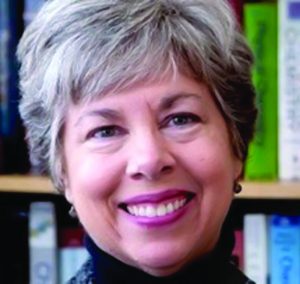
Dr Lisa B. Hibbard
Department of Chemistry
Spelman College
Atlanta, GA
USA
Dr Lisa Hibbard is an Associate Professor of Chemistry at Spelman College in Atlanta. She completed her studies at the Georgia Institute of Technology, attaining a BSc in Textile Chemistry in 1980 and a doctorate in Physical Chemistry in 1985. Dr Hibbard carries out research in biophysical chemistry, particularly investigating the effects of near-UV radiation and high electrolyte concentration on ocular lens proteins. In addition to her work as a biophysical chemist, she has more recently been involved in chemical education research, focusing on the use of technology–enhanced blended or ‘flipped’ instruction, applied to her General and Physical Chemistry classes. Dr Hibbard currently serves as co-principal investigator on two NSF grants for these educational efforts. She has received numerous awards, including the QEM Excellence in Mathematics or Science Teaching Award and the Vulcan Materials Company Teaching Award, as well as the Spelman College Presidential Faculty Awards for Excellence in Teaching and for Distinguished Service. Dr Hibbard previously served as chair of the college’s Chemistry Department and directed the Spelman Howard Hughes Program for several years. She is also a Fellow and past-president of the Georgia Academy of Science and a long-standing member of the American Chemical Society.
CONTACT
E: lhibbard@spelman.edu
T: (404)270-5745
W: http://www.spelman.edu/academics/majors-and-programs/chemistry-and-biochemistry/faculty/lisa-hibbard
KEY COLLABORATORS
Dr Leyte Winfield
Dr Shannon Sung
FUNDING
National Science Foundation (NSF), USA
NSF Targeted Infusion Program grant #1332575
NSF Improving Undergraduate STEM Education grant #1626002
REFERENCES
L Hibbard, S Sung, B Wells, Examining the Effectiveness of a Semi-Self-Paced Flipped Learning Format in a College General Chemistry Sequence, Journal of Chemical Education, 2016, 93, 24–30.
F Fullilove, L Hibbard, L Winfield, Engineering Course Success Through Interactive Engagement, in Teaching a New Generation of Students, Proceedings of the National Symposium of Faculty Resource Network, Fall 2016.
P DiBartolo, L Gregg-Jolly, D Gross, C Manduca, E Iverson, D Cooke, G Davis, C Davidson, P Hertz, L Hibbard, S Ireland, C Mader, A Pai, S Raps, K Siwicki, J Swartz, Principles and Practices Fostering Inclusive Excellence: Lessons from the Howard Hughes Medical Institute’s Capstone Institutions, CBE-LSE (Life Sciences Education), Fall 2016, 15, ar44, 1–11.
